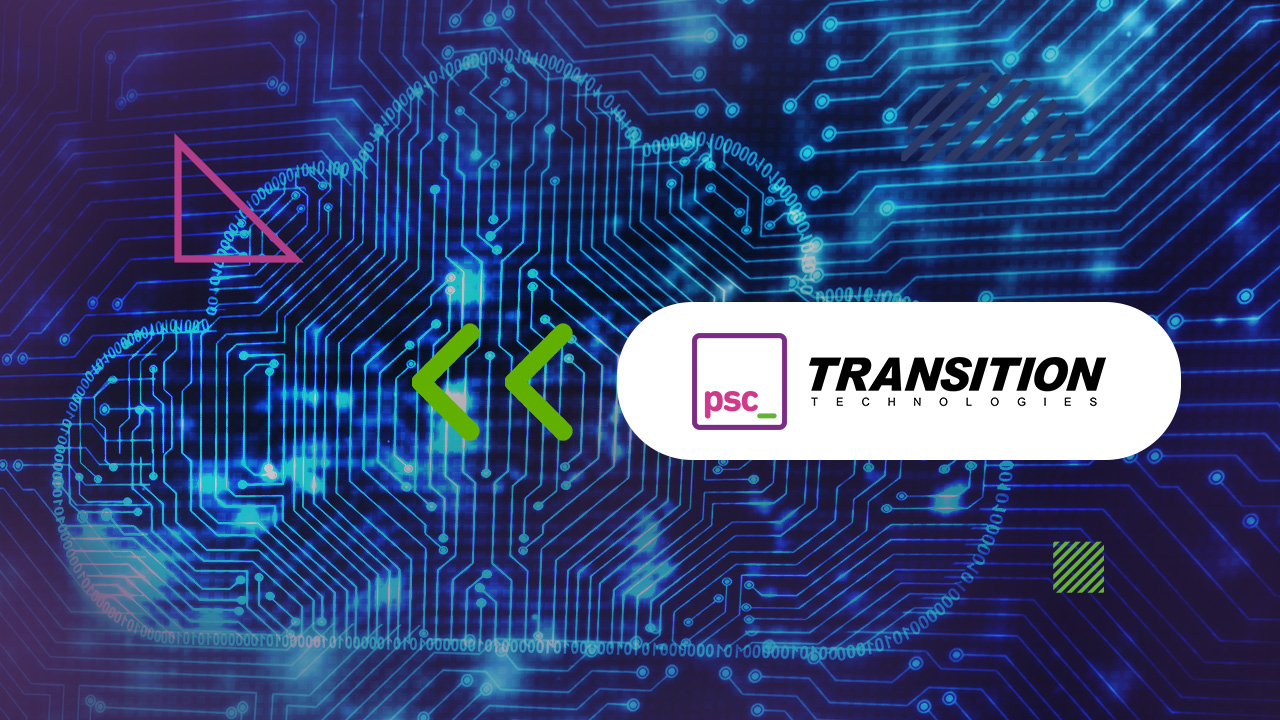The concept of “serverless computing” has existed for more than a decade, and its popularity is growing thanks to services such as AWS Lambda , which debuted in 2014, or Azure Functions. A few years in an industry as dynamic as IT allows us to talk about serverless as a proven and mature solution. However, it still raises many questions, especially among those who are just starting to use cloud services or planning to migrate their systems to the cloud. We will try to answer the most important of these questions.
How about server infrastructure management?
At the first meeting with the term serverless, people often ask – does my solution no longer need servers? Of course, we will still use them, but the way we do it and the responsibilities change significantly. The first change is that we no longer need to manage the infrastructure in our solution. Preparing servers, installing and updating operating systems, as well as ensuring high availability or automatic scalability. All of this is the responsibility of the service provider, such as Amazon, Microsoft or Google. This allows us to focus on the projects and implementation of business requirements. Also to limit interference in the infrastructure to the configuration of its parameters, such as scalability.
What are the initial costs?
An important element is that there are no prepaid expenses. Serverless services assume paying for the resources actually used, only when our functionality has worked. A well-designed architecture can therefore help to reduce operating costs. At the same time, it should be remembered that the system may need other cloud services. More reliable verification of costs is possible using calculators provided by cloud vendors.
A solution not only for startups
There are opinions that such solutions are good for cloud native projects, startups or projects that are just starting out. Of course, it is easier to design a solution from scratch. And in addition, paying only for the resources used allows such projects to have an easier start. However, there are many more use cases.

Is serverless computing appropriate for microservices?
Serverless computing fits projects based on microservices architecture. A group of small, autonomous services that implement a specific area of business logic. Such microservices can be successfully implemented as Function-as-a-Service (FaaS). Today, every market-leading cloud vendor has services available in the mentioned model. For instance: AWS Lambda, Azure Functions, Google Cloud Functions or IBM Cloud Functions. It is also worth mentioning services that allow you to run containers without having to manage servers. Such as Azure Container Instances or AWS Fargate. This helps to focus on application development. Without the need to manage the infrastructure and also improves security by providing isolation.
Event-driven architecture
Another example of serverless solution application is event-driven architecture. It is often used in systems communicating with devices via IoT technology, the popularity of which is also constantly growing. Whether you are just starting a project and adding new functionalities. Or want to convert an existing, monolithic application into an easy-to-maintain, scalable architecture. Serverless solutions are worth considering because of the potential gains.
Serverless databases
However, serverless services do not stop with these runtime environments. We also have serverless databases eliminating the need to provide and scale virtual or physical database hardware. Off-the-shelf solutions can be found from most of the best-known cloud vendors. Such as Azure Data Lake, Google Cloud Store, or Amazon Aurora Serverless.

The other side of the coin
Answering the most important questions, we have said a lot about the benefits of a serverless solution. We have mentioned cost optimization, easy scaling, not having to deal with infrastructure. Which can translate into faster delivery of products to customers. However, there are also challenges that we have to face. One of them is “vendor lock-in”, and it means dependence on the services of a single vendor. There are several strategies that have emerged to help reduce this problem. But it is worth bearing it in mind before making a final decision. Source code or databases are relatively easy to transfer in most cases.
Service automation
Moving the configuration, or automation of our cloud services can be another challenge. Cloud vendors support different technologies and types of events. While the most popular ones we do not have to worry about, niche solutions will be more difficult to transfer to the cloud. It may turn out that we need not only time, but also new competences in our team. In this case, it is worth using the services of companies that have experience in developing cloud services and have specialists in this field. TT PSC as a partner will help not only to design the system, but also to suggest appropriate services and the vendor, according to customer requirements. I therefore encourage you to take a look at the portfolio of our Cloud, Managed Services or IT Staff Augmentation and Dedicated Team departments. This will undoubtedly streamline the process of implementing a serverless system.

Challenges
In the case of moving an existing solution to a serverless architecture, we also have to confront some challenges. Transferring and dividing the code into functions in the cloud is not enough. Integration methods, possibilities of ensuring application security or available services are changing. In most cases we have to redesign the architecture of our system, and some elements will have to be rewritten or replaced with other solutions. Which may additionally increase the level of complexity at the initial stage. It may also happen, especially in the case of monolithic applications. That moving a project to the cloud will be connected with its complete rewriting in the new architecture.
When migrating projects, experience often proves crucial, which is why the support of the Software Development Services teams is valued by our customers. Thanks to this, the risk of potential problems is much lower, and the reaction to a possible incorrectness is much faster.
Summary
To sum up, “serverless computing” is gaining popularity and often becomes the first choice for IT systems design. Over the last few years, serverless computing solutions have gained the reputation of being mature and reliable. Their constant development and the appearance of new services are one of the main trends followed by software developers. Today, serverless services are available from all major cloud vendors, therefore you can find the offer that best suits your requirements. However, do not forget that the implementation of this solution is also associated with specific difficulties. In conclusion, it is worth considering the help of a proven, certified partner who will streamline the entire process.
TT PSC has successfully carried out many cloud implementations for customers from various industries, using a variety of platforms. This reinforces our belief that the long-term benefits of a serverless solution are worth considering when designing IT systems within our organization.
You can find out more about the possibilities and applications of cloud solutions here.








